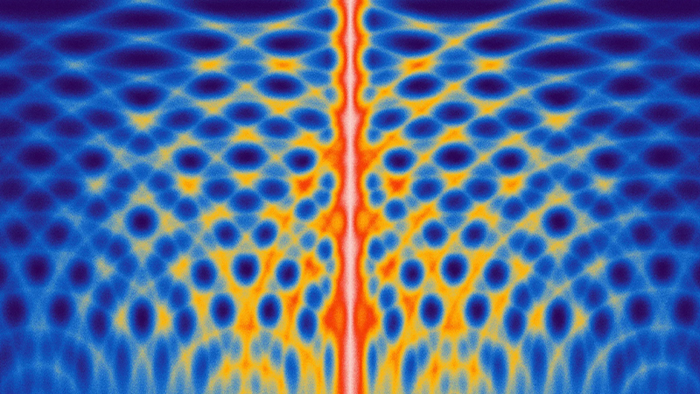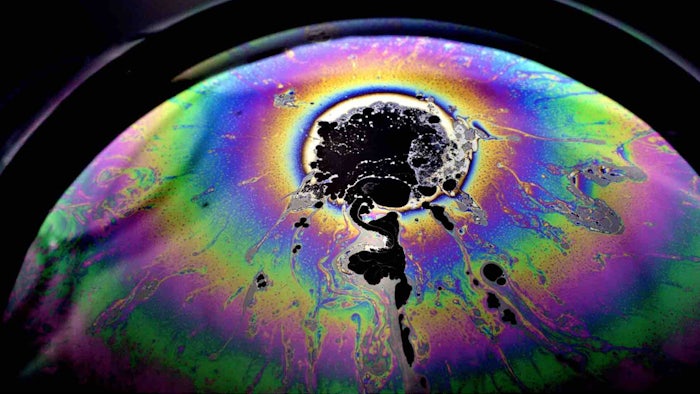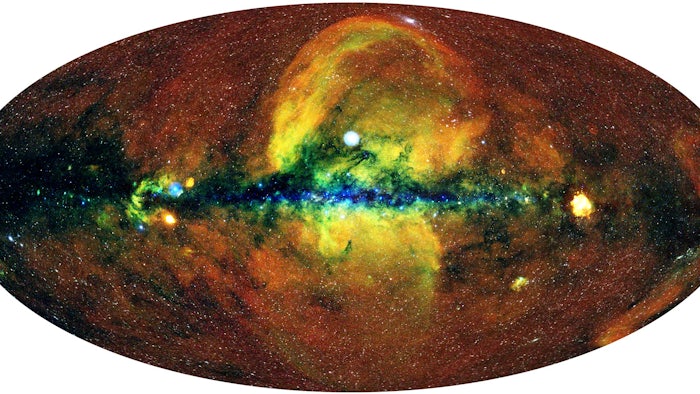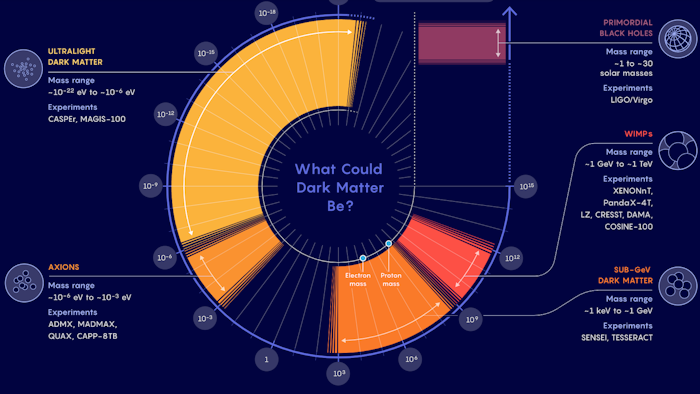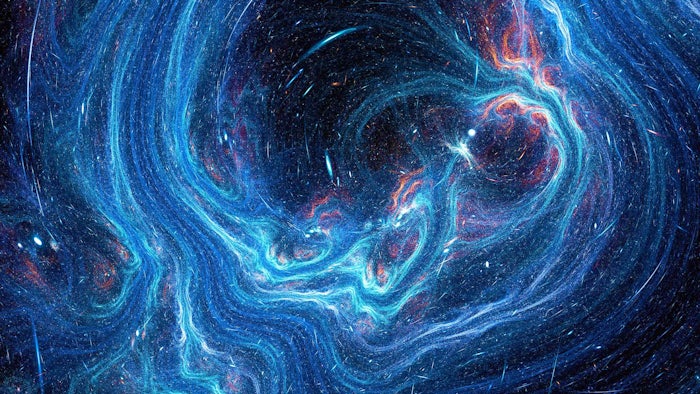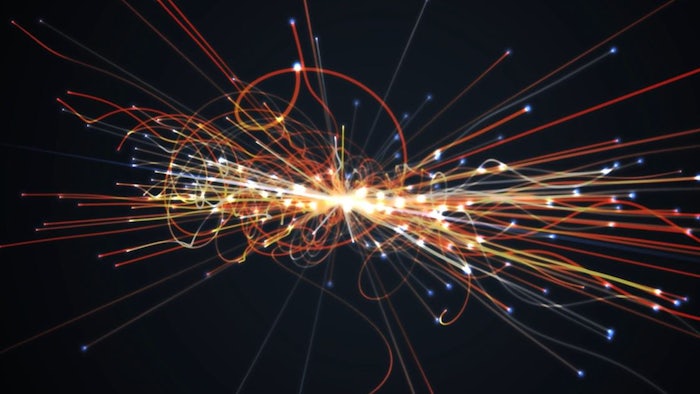Charlie Wood
How Our Reality May Be a Sum of All Possible Realities
Richard Feynman’s path integral is both a powerful prediction machine and a philosophy about how the world is. But physicists are still struggling to figure out how to use it, and what it means.
How the Physics of Nothing Underlies Everything
The key to understanding the origin and fate of the universe may be a more complete understanding of the vacuum.
Quantum Simulators Create a Totally New Phase of Matter
One of the first goals of quantum computing has been to recreate bizarre quantum systems that can’t be studied in an ordinary computer. A dark-horse quantum simulator has now done just that.
Physicists Study How Universes Might Bubble Up and Collide
Since they can’t prod actual universes as they inflate and bump into each other in the hypothetical multiverse, physicists are studying digital and physical analogs of the process.
Galaxy-Size Bubbles Discovered Towering Over the Milky Way
For decades, astronomers debated whether a particular smudge was close-by and small, or distant and huge. A new X-ray map supports the massive option.
The Search for Dark Matter Is Dramatically Expanding
Physicists plan to leave no stone unturned, checking whether dark matter tickles different types of detectors, nudges starlight, warms planetary cores or even lodges in rocks.
Room-Temperature Superconductivity Achieved for the First Time
Physicists have reached a long-sought goal. The catch is that their room-temperature superconductor requires crushing pressures to keep from falling apart.
How Mathematical “Hocus-Pocus” Saved Particle Physics
Renormalization has become perhaps the single most important advance in theoretical physics in 50 years.
A New Cosmic Tension: The Universe Might Be Too Thin
Cosmologists have concluded that the universe doesn’t appear to clump as much as it should. Could both of cosmology’s big puzzles share a single fix?
The Mathematical Structure of Particle Collisions Comes Into View
Physicists have identified an algebraic structure underlying the messy mathematics of particle collisions. Some hope it will lead to a more elegant theory of the natural world.
















